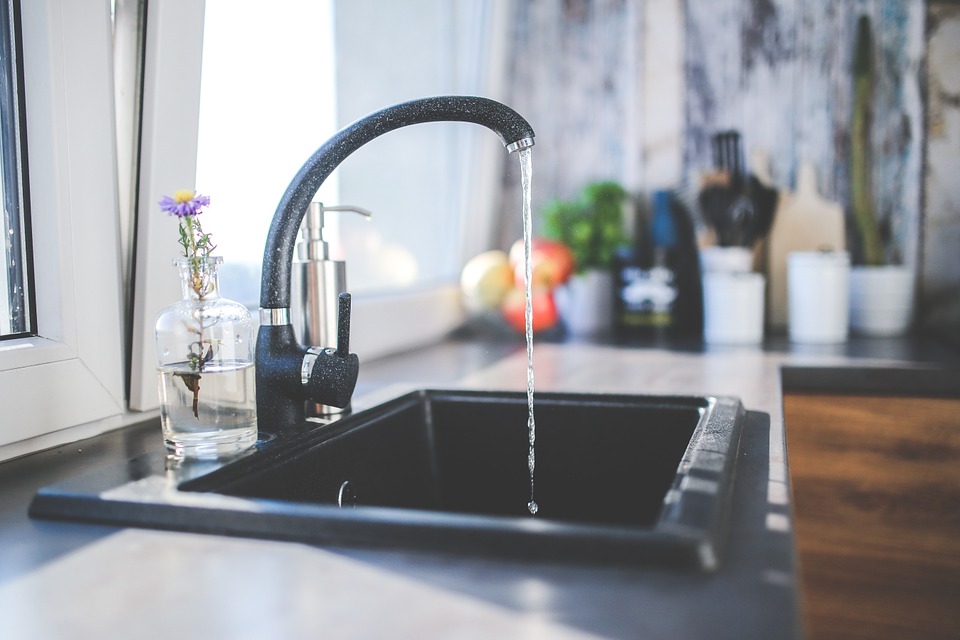Water supplies in many areas of the country are known to contain unsafe chemicals including arsenic, lead, pesticides, chlorine, and industrial chemicals. Many of these contaminants in drinking water have the potential to increase the risk for a variety of disease states ranging from cancer to a heightened risk of miscarriage. For this reason, it’s important for you to be aware of the hidden contaminants and unsafe chemicals lurking in the drinking water you’re serving to you and your family. Here’s how to test your water without spending a fortune:
Test your water: Taste it
Taste your water periodically to see if your water has developed a new taste or odor. This can indicate the presence of increased concentrations of unsafe chemicals. If your water has a chemical or slightly medicinal taste, it may be due to elevated levels of chlorine. This can be confirmed by calling your local utility company and inquiring as to whether they’re using higher concentrations of disinfectant in the water recently. A metallic taste to your water may be due to leaching of minerals into the water from the pipes. To confirm, this you would need to get professional water testing. If you notice an odor similar to rotten eggs, this suggests there could be bacteria growing in your water heater or drain. A plumber can help you correct this problem. Periodically tasting your water is a good way to screen for potential problems with water quality.
Test your water: Assess the color
You should always be concerned when your water changes color. If your water takes on an orange, brown, or red discoloration, it may be caused by rust in the pipes. This is usually not a cause for alarm, although iron deposits can cause discoloration of hair. Sometimes the presence of rust can indicate a co-existing problem with lead levels which should be investigated due to the health risks of lead, particularly for small children. If your water has a blue or green tint it may be due to corrosion from copper piping. This can pose long term health risks and should be corrected by a plumber. A dark brown discoloration suggests contamination from manganese which is not believed to put you at increased health risk. This may be cleared by flushing your pipes for several minutes.
Test your water: Get your local water report
Your local water company is required by law to send you a report on your water quality on a yearly basis. This report contains in depth information on levels of each unsafe chemical known to be in your water. If you didn’t receive this or no longer have it, call your water company and ask for another written copy. You may also be able to find this information on your water company’s website as well as the EPA website. Make sure you keep a copy of this report when it’s mailed out on a yearly basis so you can compare the results with previous years.
By tasting, smelling, and visually inspecting your water on a periodic basis, you can be made aware of potential changes in water quality which require further testing. This can help you to avoid the threat of toxic drinking water and help you protect the drinking water you serve you and your family from unsafe chemicals.

